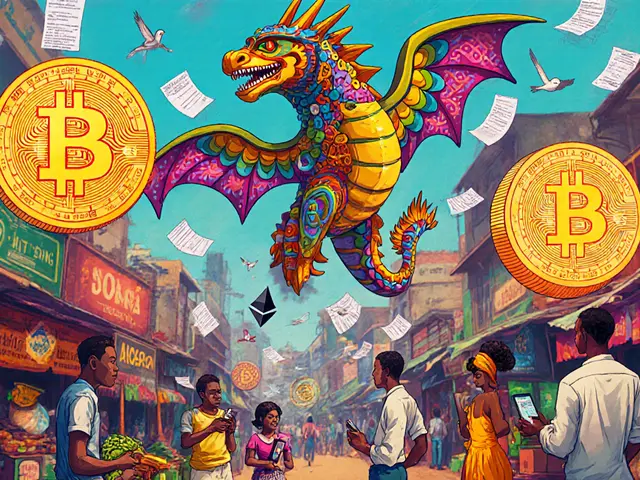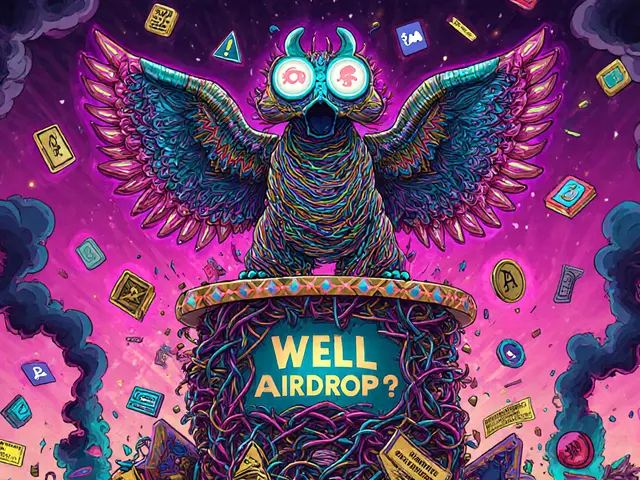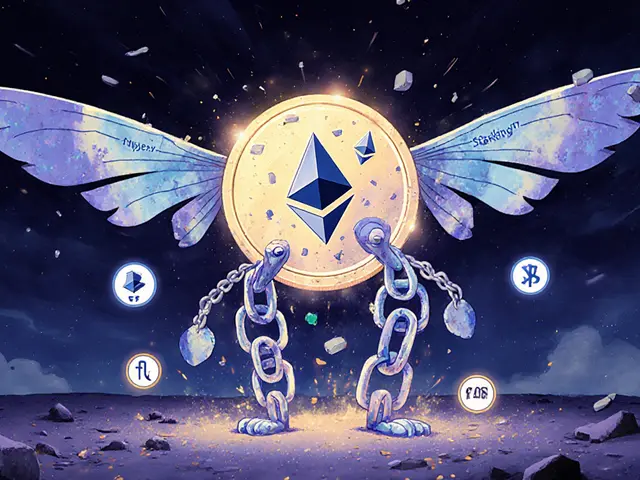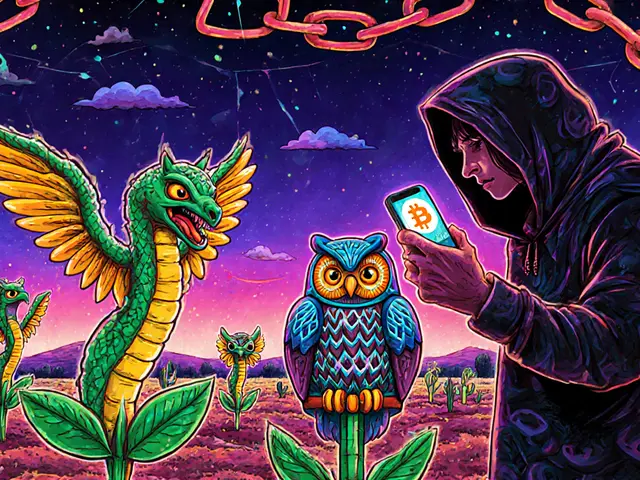Blockchain Events: What They Are, Why They Matter, and What’s Really Happening
When we talk about blockchain events, real-world occurrences that impact how blockchain technology is used, regulated, or exploited. Also known as crypto milestones, these are not just technical upgrades—they’re moments that change who wins, who loses, and who gets left behind. Think of them as the weather system for crypto: you don’t control it, but you better know when a storm’s coming.
Some blockchain events are quiet but powerful, like EU MiCA regulations, a set of rules forcing crypto firms in Europe to get licensed, track every transaction, and prove they’re not laundering money. This isn’t theory—it’s already shutting down small exchanges in Cyprus and pushing others to rebuild from scratch. Others are loud and dangerous, like North Korea’s crypto thefts, state-backed hacking operations that have stolen over $3 billion since 2017 to fund weapons programs. These aren’t random hackers—they’re organized teams with military-grade tools targeting wallets, bridges, and even DeFi protocols. Then there are the weird ones: blockchain voting, a system that records votes on an unchangeable ledger to prevent fraud and let voters verify their ballot without revealing their choice. It sounds perfect, but only a few places have tried it—and most failed because people didn’t trust the tech, not because it didn’t work.
Meanwhile, governments are making their own moves. In Russia, crypto mining is legal if you register, pay 15% tax, and accept that the power might get cut off in winter. In Australia, you now need AUSTRAC approval to run any crypto service—or face fines. And in Indonesia, trading on foreign exchanges now costs you 1% extra just for using them. These aren’t opinions. They’re laws. And they’re changing how you interact with crypto every day.
Not all blockchain events are about rules or theft. Some are about what’s dying. Look at Wannaswap, a DEX that once promised fast swaps on Aurora, but now has zero liquidity, no team, and a token trading like a ghost. Or veDAO, which doesn’t even exist—just a fake name floating around to trick investors. These are the quiet deaths in crypto: projects that never delivered, vanished without a trace, and left people holding worthless tokens. On the flip side, decentralized exchanges, like KyberSwap Classic on Avalanche or Huckleberry for Polkadot users, are quietly growing because they solve real problems: low fees, no KYC, and direct control over your money.
Blockchain events don’t happen in a vacuum. They’re tied to energy use, like the proof of work blockchains that burn massive amounts of electricity to secure networks. Ethereum killed its proof of work system in 2022 and cut energy use by 99.95%. That wasn’t a tech tweak—it was a cultural shift. Now, if you’re still mining Bitcoin with coal power, you’re not just inefficient—you’re out of step with where the world is going.
What you’ll find below isn’t a list of headlines. It’s a collection of real stories—some shocking, some boring, all necessary. You’ll see how a token with zero supply became a meme, how a crypto exchange with zero fees is still risky, and why airdrops you hear about online are often scams. These aren’t predictions. They’re records of what already happened. And if you want to stay ahead, you need to understand the events that shaped them.










